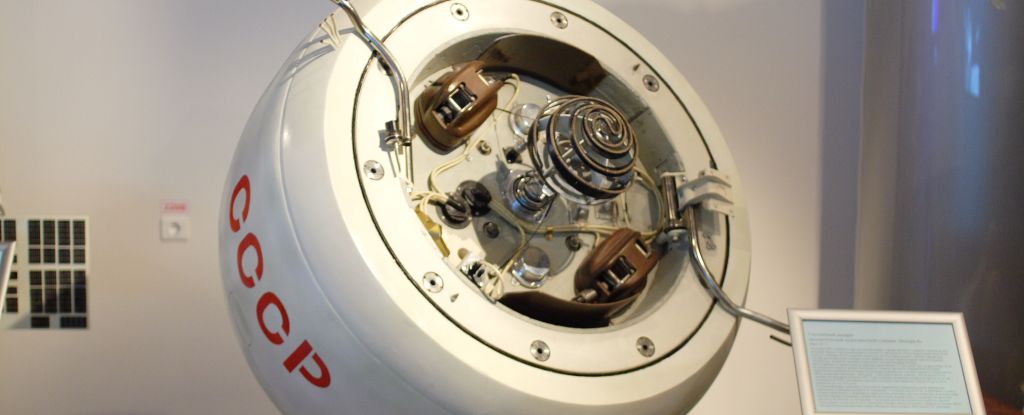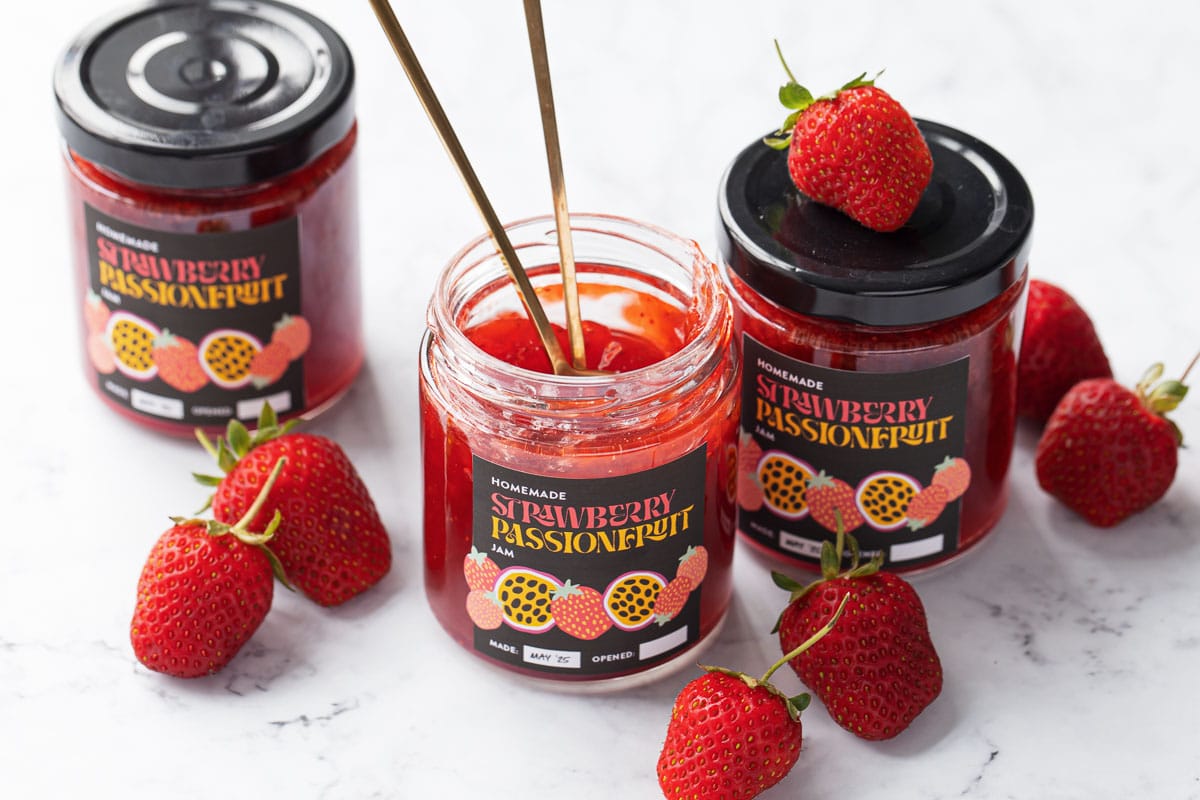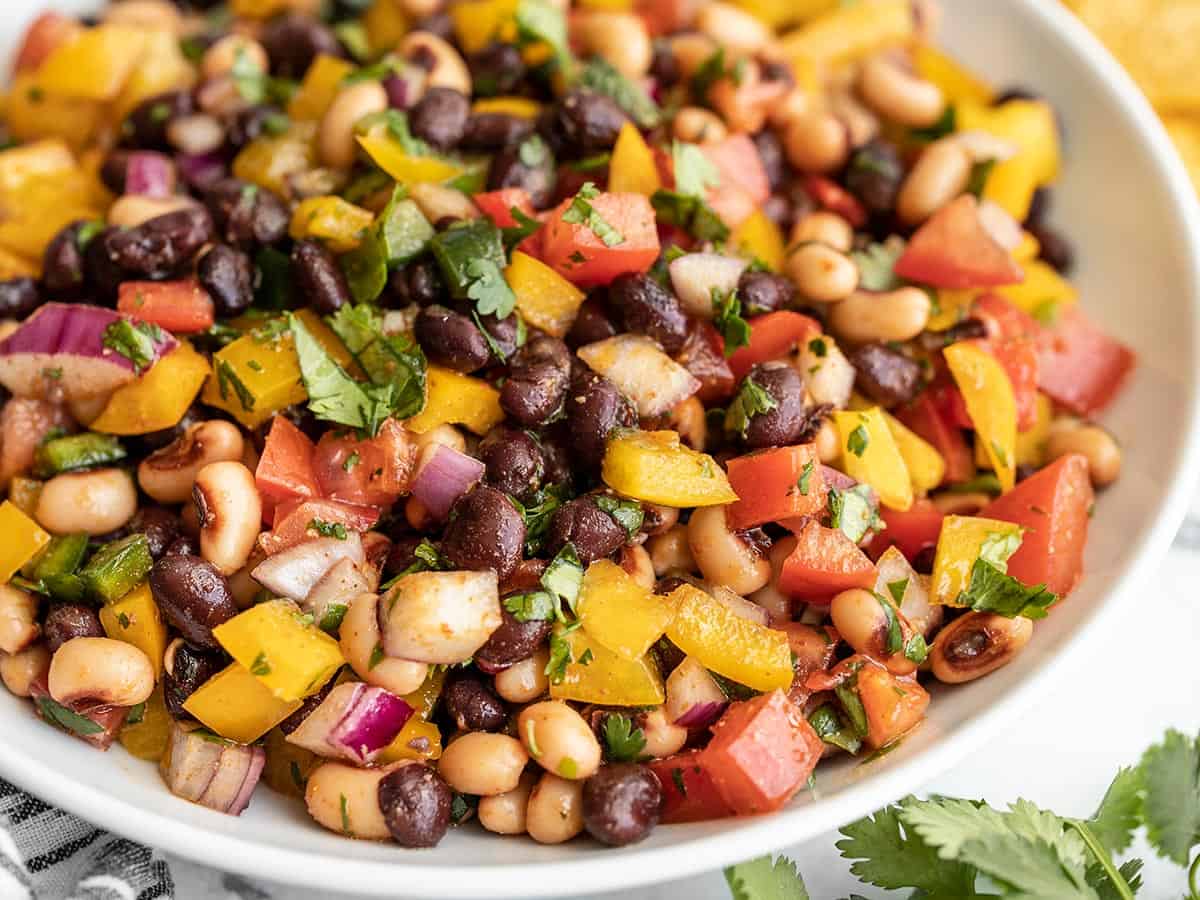How to Optimize 2D Slices in Go: Understanding Capacity
Introduction In this article, we'll explore how to efficiently work with two-dimensional (2D) slices in Go. As you dive into arrays and slices, it's crucial to understand how capacity and memory allocation affect performance. We’ll go through your code, clarify the concepts surrounding slice capacity, and explain where the efficiency gains lie when choosing between different allocation methods. Understanding Two-Dimensional Slices In Go, 2D slices are essentially slices of slices. They can be created in various ways, and understanding the underlying array storage is key to optimizing your code. In your example, you've outlined two methods to create a 5x5 grid of pixels. Let's break down both scenarios to see their implications on memory usage and capacity. First Method: Multiple Underlying Arrays The first approach initializes a 2D slice where each row is backed by its own underlying array: picture := make([][]uint8, 5) for i := range picture { picture[i] = make([]uint8, 5) } Here, you end up with six underlying arrays (one for each row and one for the slice itself) with a capacity of 5 for each row. Second Method: Reusing a Single Underlying Array In the second method, you attempted to optimize by reusing a single underlying array for all the rows: pixels := make([]uint8, 25) for i := range picture { picture[i], pixels = pixels[:5], pixels[5:] } While this method indeed reduces the number of total allocations to two (one for picture and one for pixels), it's essential to analyze how this affects capacity. Evaluating Efficiency The key to understanding efficiency here is in how the Go runtime manages memory. Memory Allocation: Each time you create a new slice, Go allocates a new underlying array (unless it can reuse an existing one). In the first method, each row has its memory allocated all at once. Slices and Capacity: When using the second method, the method changes the capacity of pixels every time you slice it. The result is that all the rows of the 2D slice reference the same pixel array, but each row's capacity is not as straightforward—it reduces incrementally. So while this method might seem efficient, it can lead to confusion regarding slice management, especially when appending additional elements. Memory Fragmentation: When you use multiple allocations (like in the first method), you may have memory fragmentation, but Go's garbage collection handles this internally. However, the allocation of a common array (as in the second method) can sometimes lead to fewer allocations overall, depending on the operation pattern of your slice. Final Thoughts In conclusion, while using a single underlying array for the second allocation method reduces the number of allocations, it complicates capacity understanding, which can lead to misunderstanding when using slices later. If your use case involves frequently accessing or modifying the slices, the first method with its clearer capacity characteristics could prove to be more efficient in that context, despite the seemingly larger number of allocations. Choosing the right slice allocation method depends on your specific needs for performance and memory clarity. It’s essential to profile and understand your application’s behavior under both methods to make an informed decision. Frequently Asked Questions 1. What is the capacity of a slice in Go? The capacity of a slice is the number of elements in the underlying array, which determines how many additional elements can be appended without needing to allocate a new array. 2. Why might I choose separate arrays for each slice? Choosing separate arrays allows for each slice to have maximum capacity assigned from the start, making it straightforward when operating on individual rows without the risk of unexpected capacity changes. 3. How do I check a slice's capacity in Go? You can check a slice's capacity using the built-in cap() function, which returns the capacity of the slice's underlying array.

Introduction
In this article, we'll explore how to efficiently work with two-dimensional (2D) slices in Go. As you dive into arrays and slices, it's crucial to understand how capacity and memory allocation affect performance. We’ll go through your code, clarify the concepts surrounding slice capacity, and explain where the efficiency gains lie when choosing between different allocation methods.
Understanding Two-Dimensional Slices
In Go, 2D slices are essentially slices of slices. They can be created in various ways, and understanding the underlying array storage is key to optimizing your code. In your example, you've outlined two methods to create a 5x5 grid of pixels. Let's break down both scenarios to see their implications on memory usage and capacity.
First Method: Multiple Underlying Arrays
The first approach initializes a 2D slice where each row is backed by its own underlying array:
picture := make([][]uint8, 5)
for i := range picture {
picture[i] = make([]uint8, 5)
}
Here, you end up with six underlying arrays (one for each row and one for the slice itself) with a capacity of 5 for each row.
Second Method: Reusing a Single Underlying Array
In the second method, you attempted to optimize by reusing a single underlying array for all the rows:
pixels := make([]uint8, 25)
for i := range picture {
picture[i], pixels = pixels[:5], pixels[5:]
}
While this method indeed reduces the number of total allocations to two (one for picture and one for pixels), it's essential to analyze how this affects capacity.
Evaluating Efficiency
The key to understanding efficiency here is in how the Go runtime manages memory.
-
Memory Allocation: Each time you create a new slice, Go allocates a new underlying array (unless it can reuse an existing one). In the first method, each row has its memory allocated all at once.
-
Slices and Capacity: When using the second method, the method changes the capacity of
pixelsevery time you slice it. The result is that all the rows of the 2D slice reference the same pixel array, but each row's capacity is not as straightforward—it reduces incrementally. So while this method might seem efficient, it can lead to confusion regarding slice management, especially when appending additional elements. -
Memory Fragmentation: When you use multiple allocations (like in the first method), you may have memory fragmentation, but Go's garbage collection handles this internally. However, the allocation of a common array (as in the second method) can sometimes lead to fewer allocations overall, depending on the operation pattern of your slice.
Final Thoughts
In conclusion, while using a single underlying array for the second allocation method reduces the number of allocations, it complicates capacity understanding, which can lead to misunderstanding when using slices later. If your use case involves frequently accessing or modifying the slices, the first method with its clearer capacity characteristics could prove to be more efficient in that context, despite the seemingly larger number of allocations.
Choosing the right slice allocation method depends on your specific needs for performance and memory clarity. It’s essential to profile and understand your application’s behavior under both methods to make an informed decision.
Frequently Asked Questions
1. What is the capacity of a slice in Go?
The capacity of a slice is the number of elements in the underlying array, which determines how many additional elements can be appended without needing to allocate a new array.
2. Why might I choose separate arrays for each slice?
Choosing separate arrays allows for each slice to have maximum capacity assigned from the start, making it straightforward when operating on individual rows without the risk of unexpected capacity changes.
3. How do I check a slice's capacity in Go?
You can check a slice's capacity using the built-in cap() function, which returns the capacity of the slice's underlying array.













































































